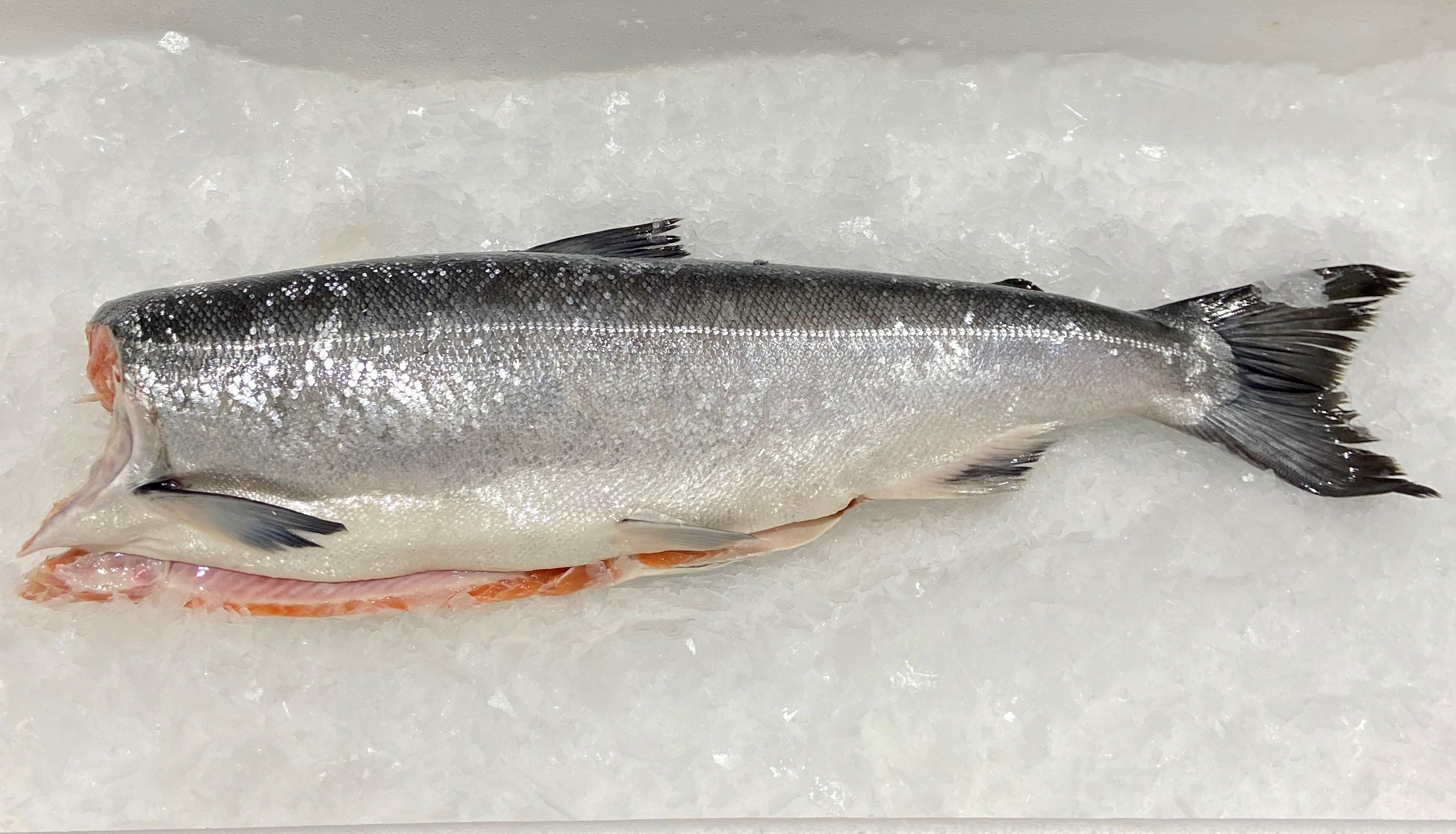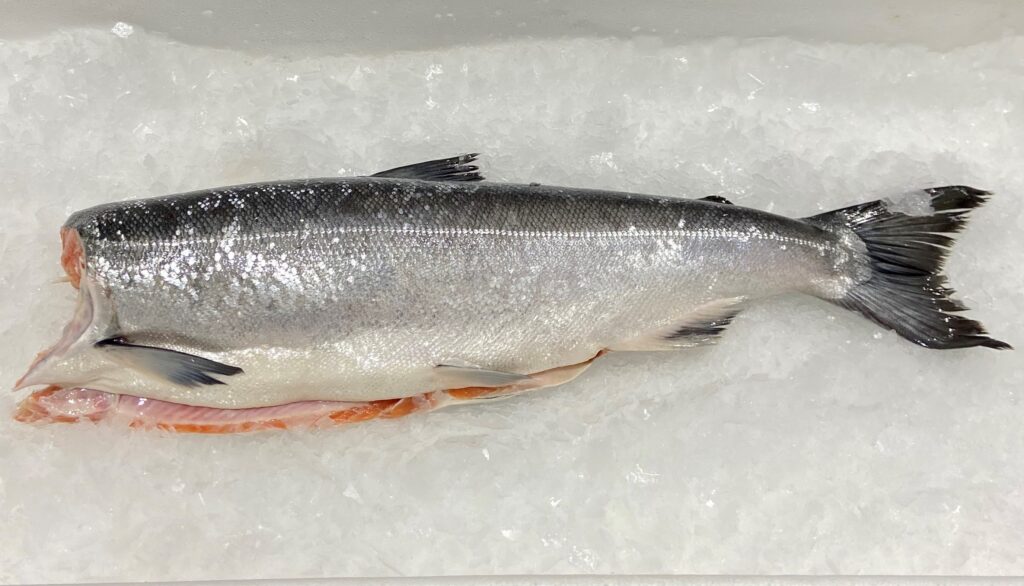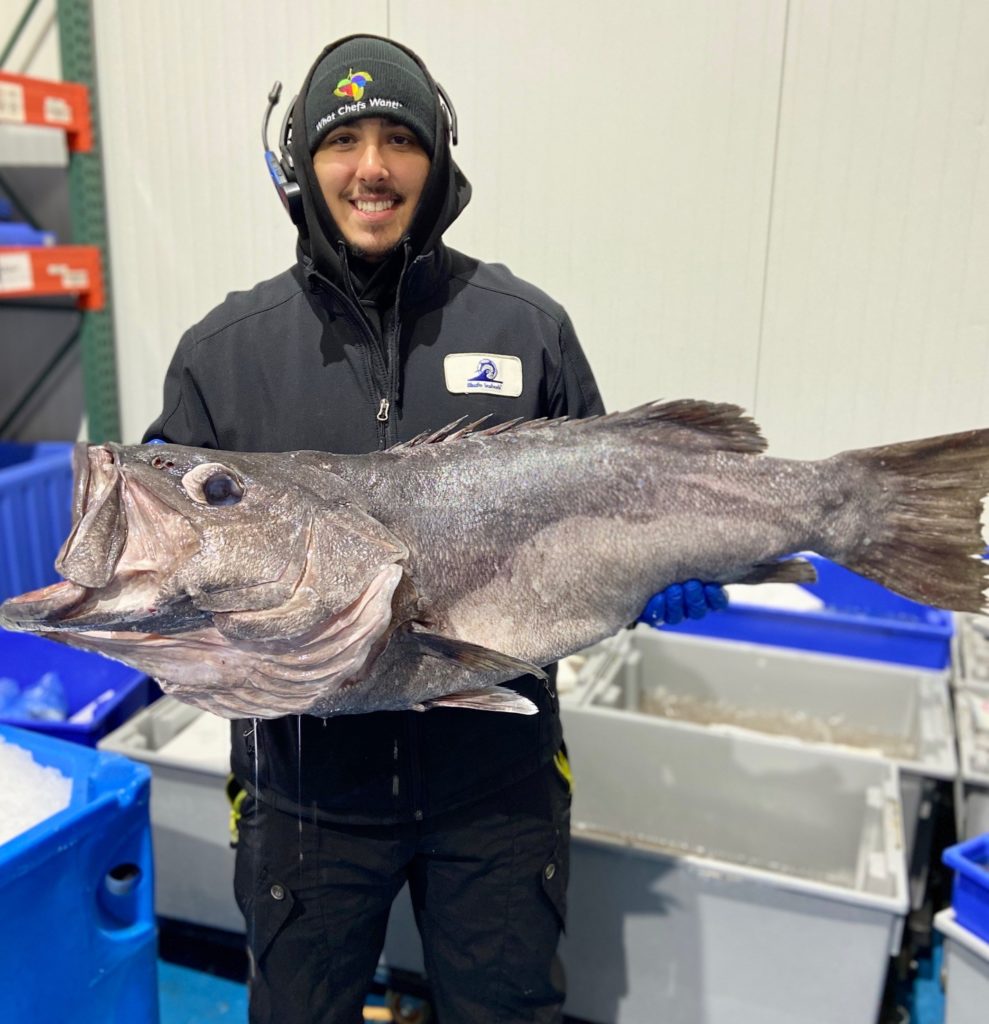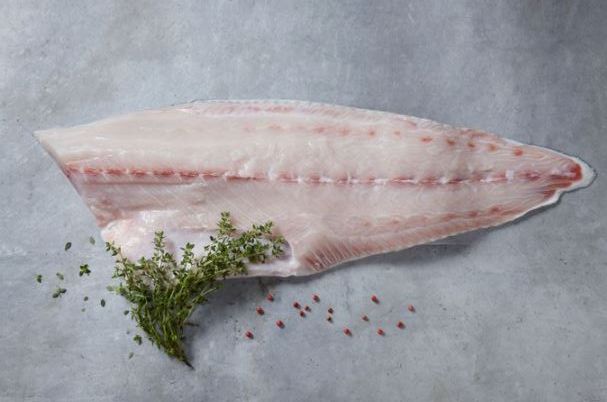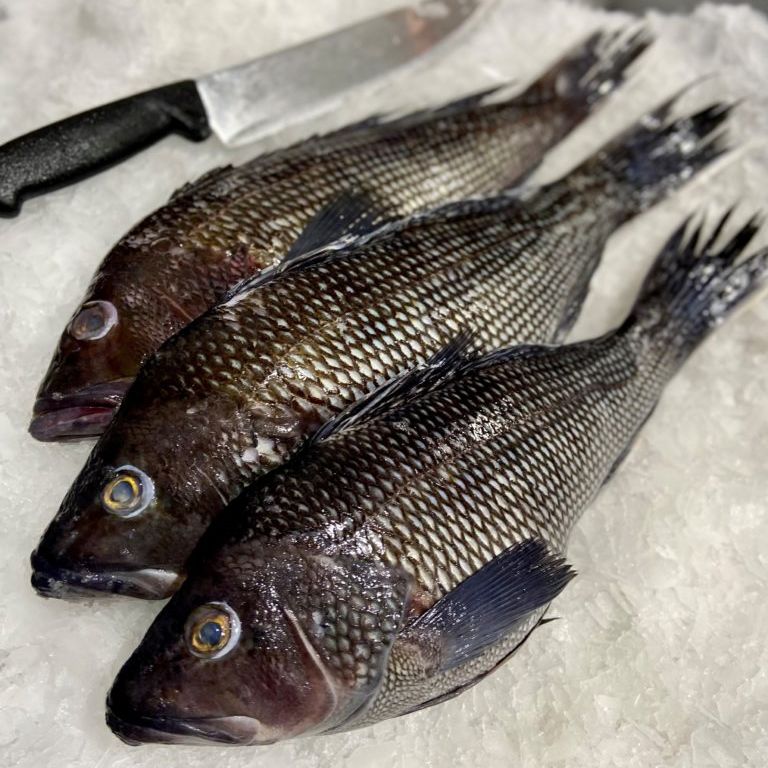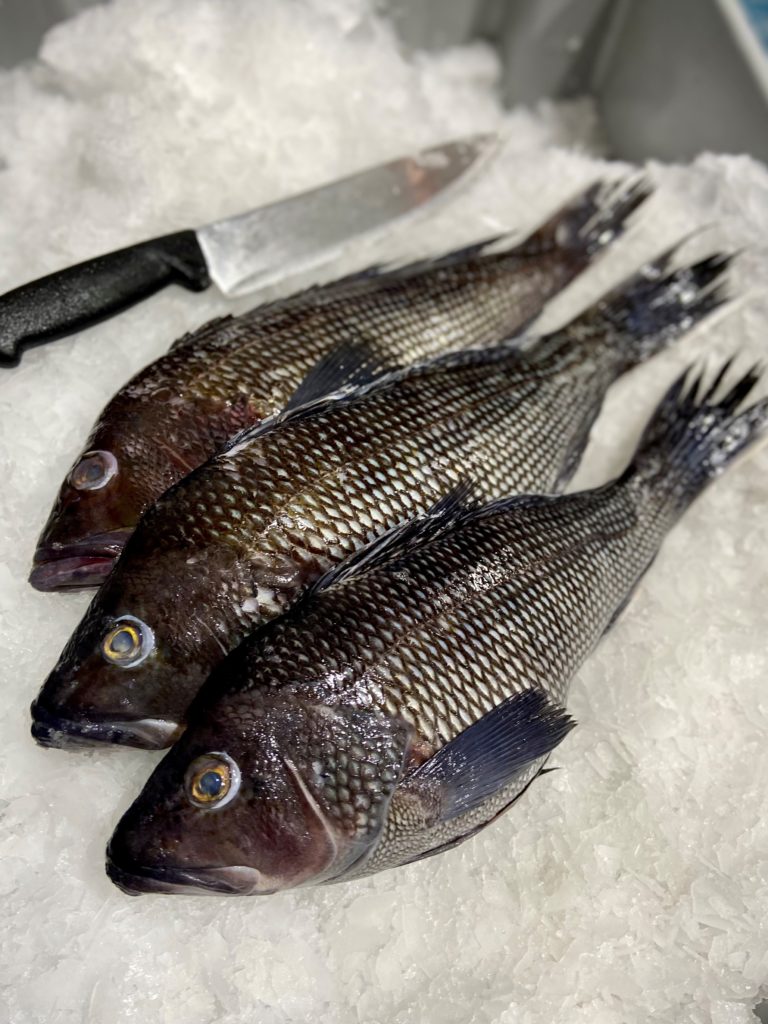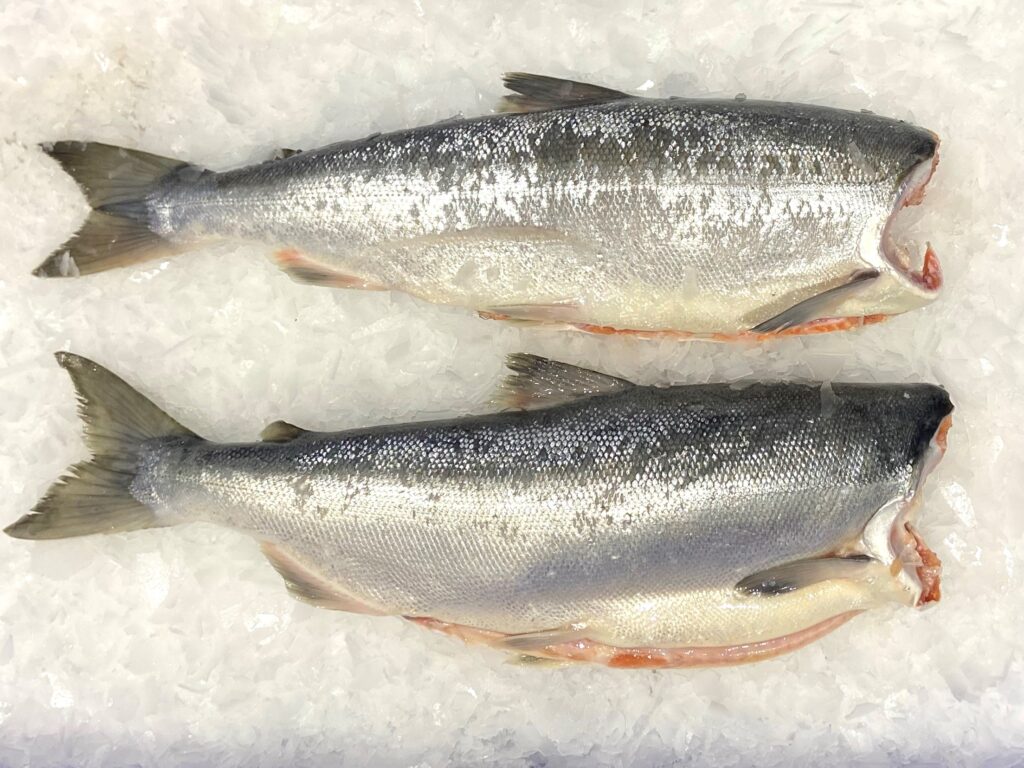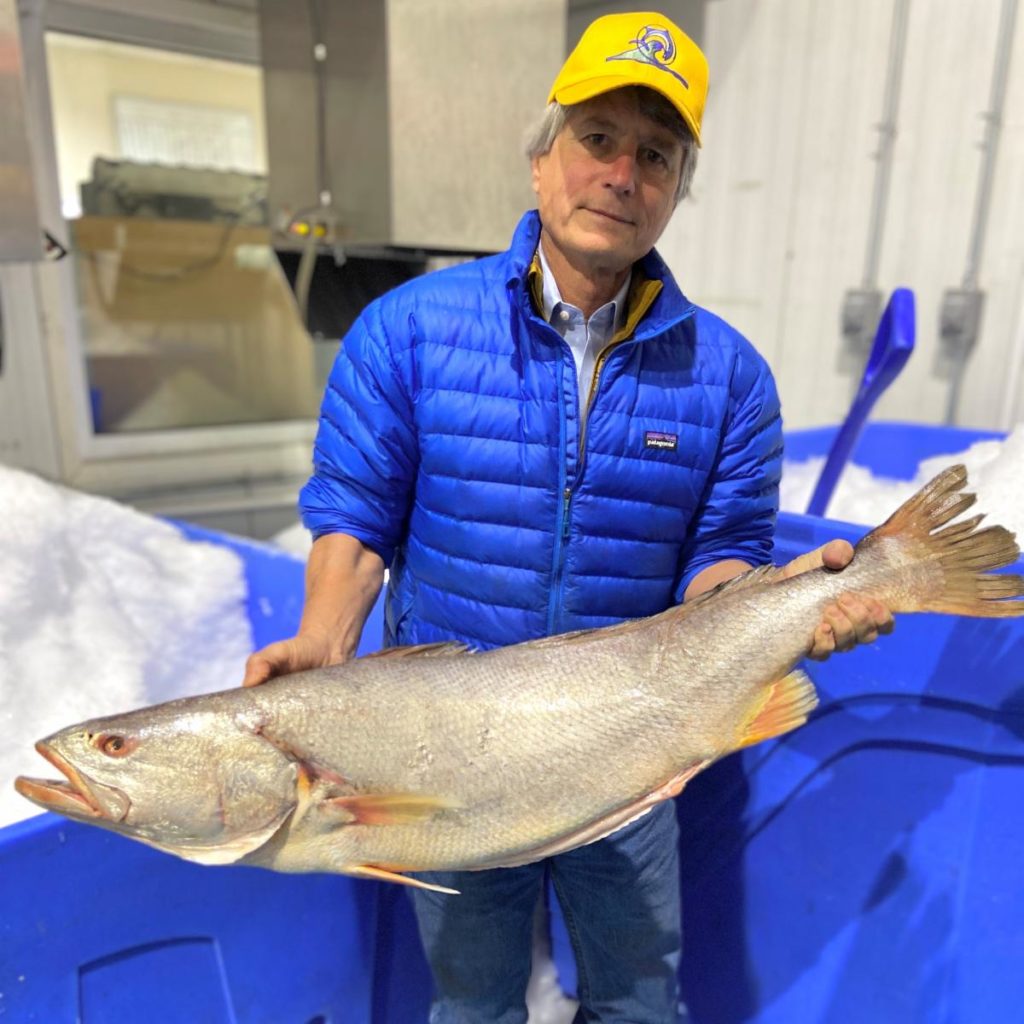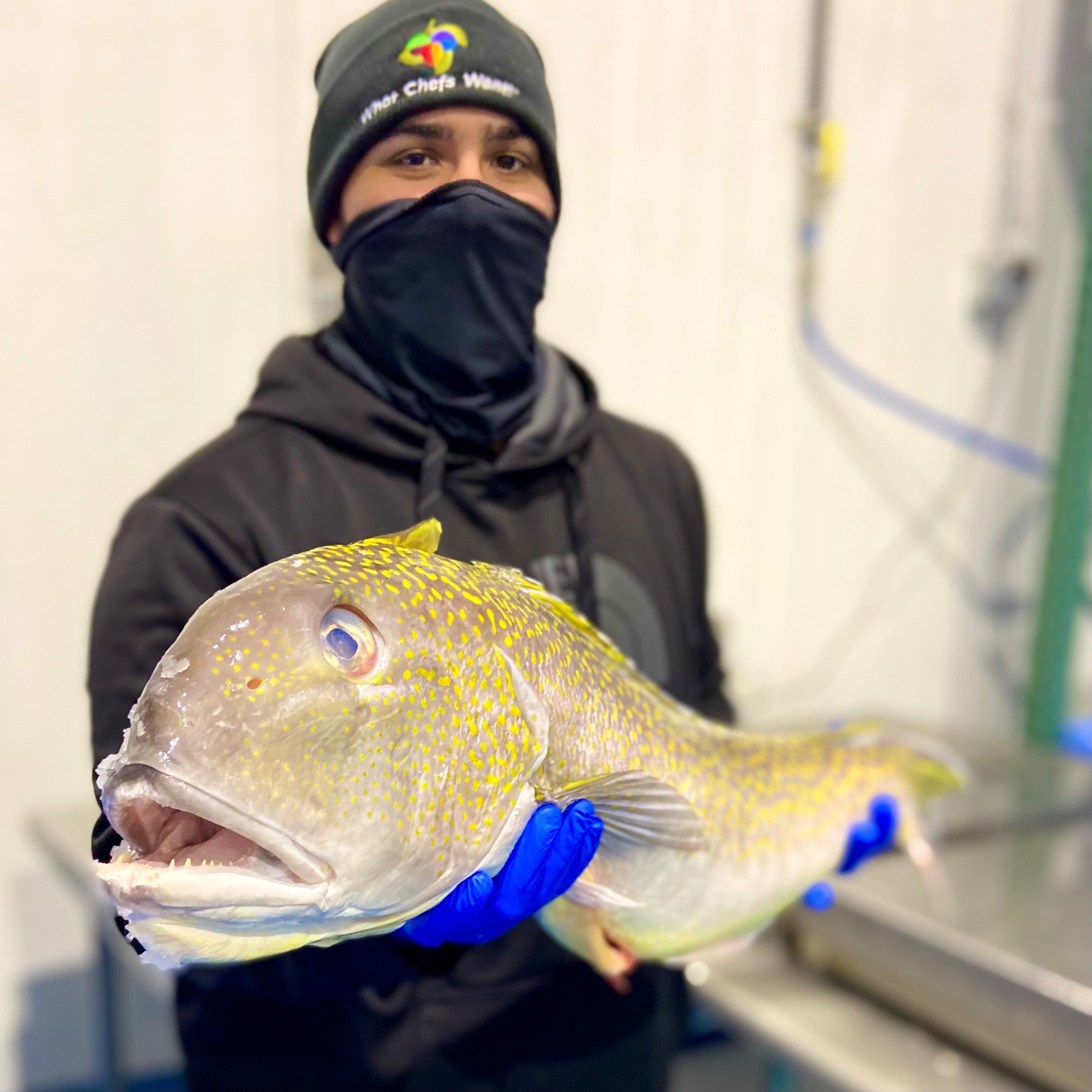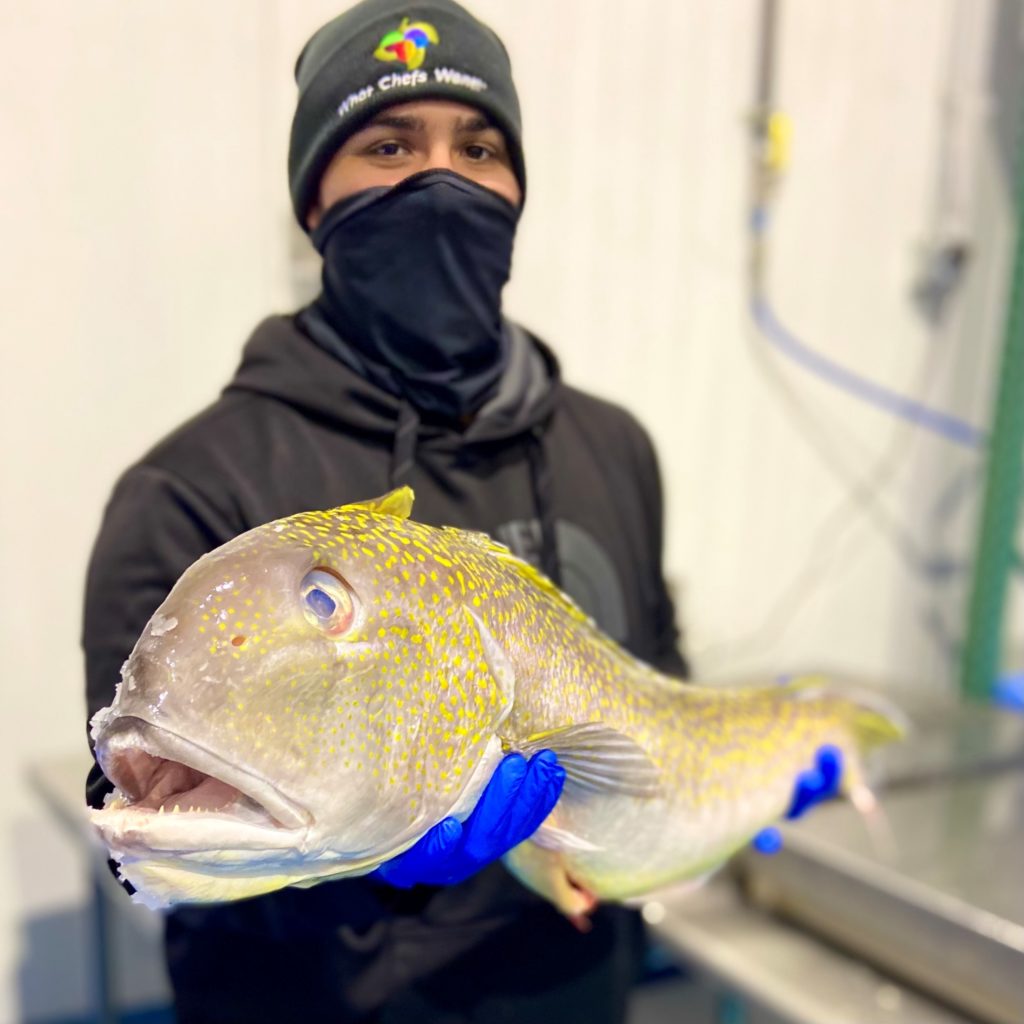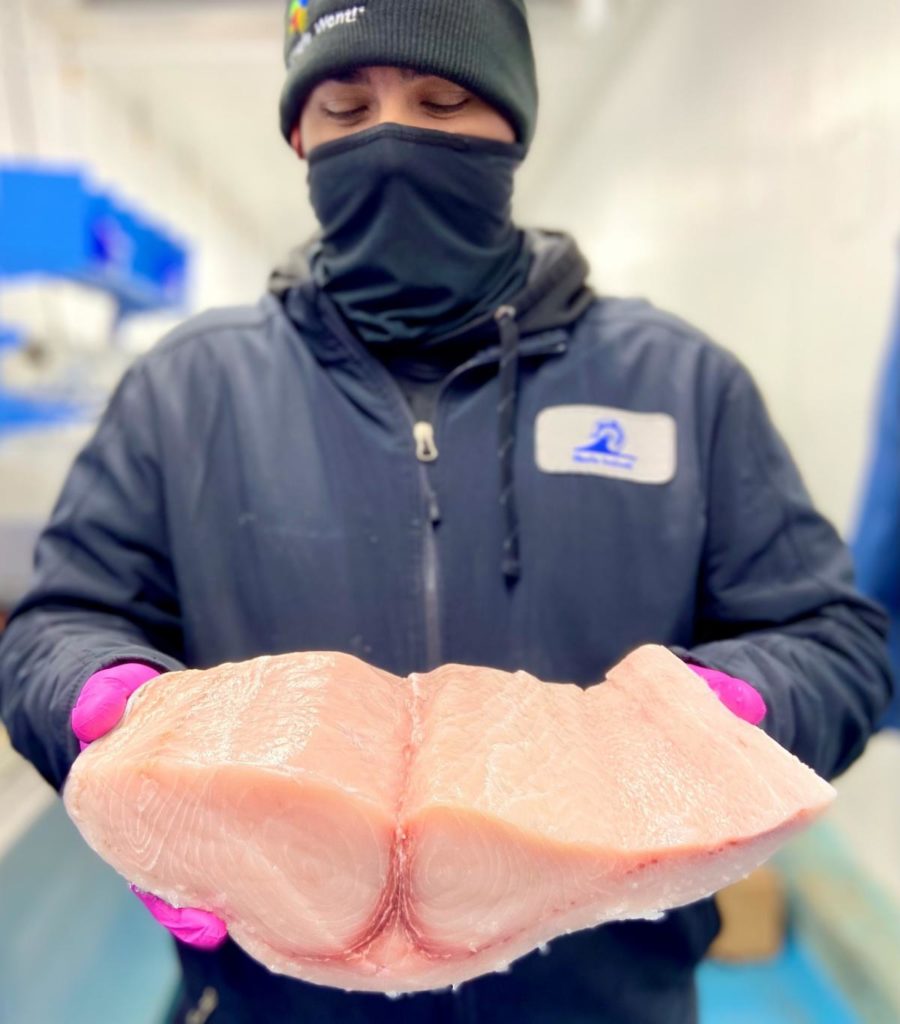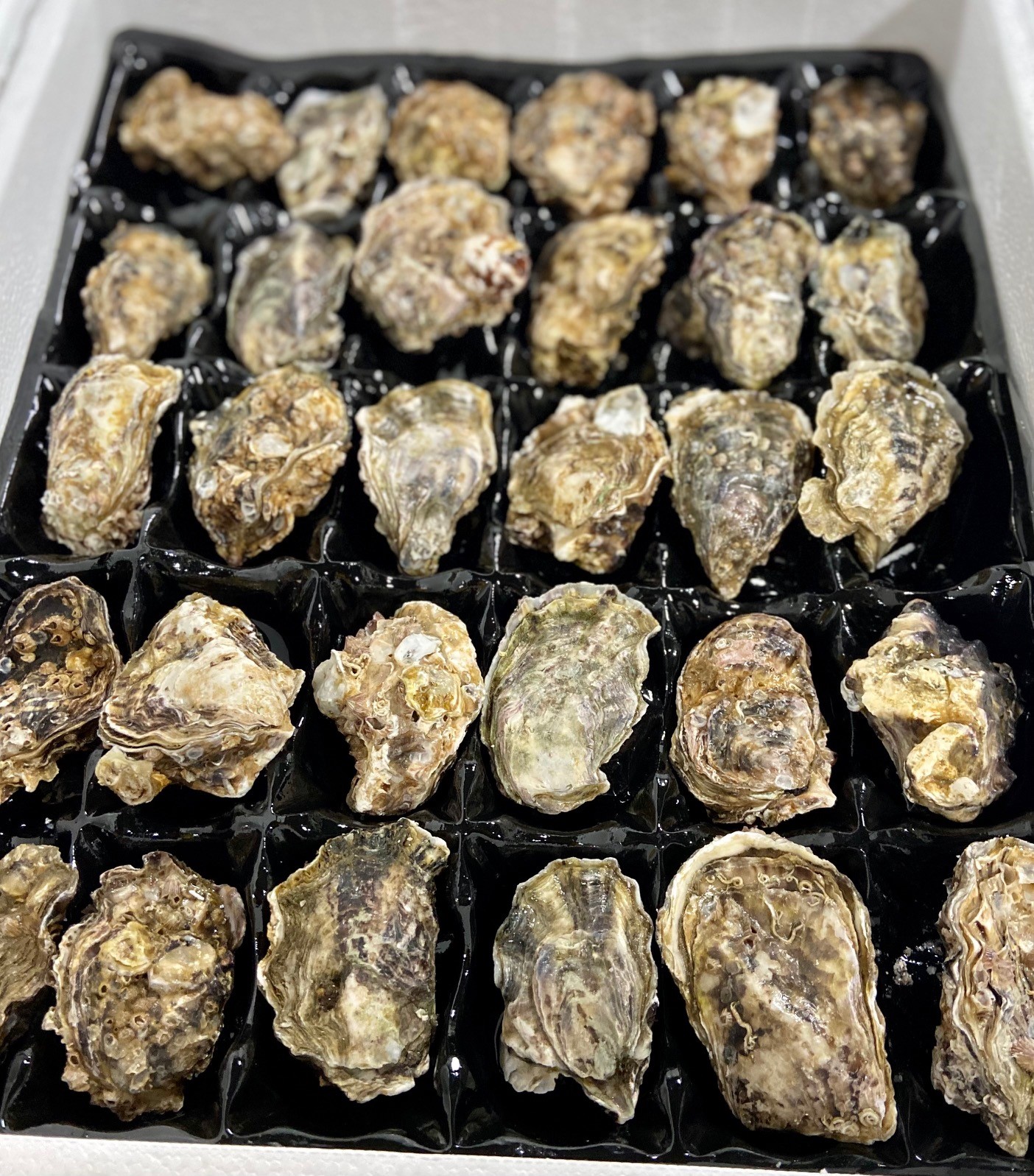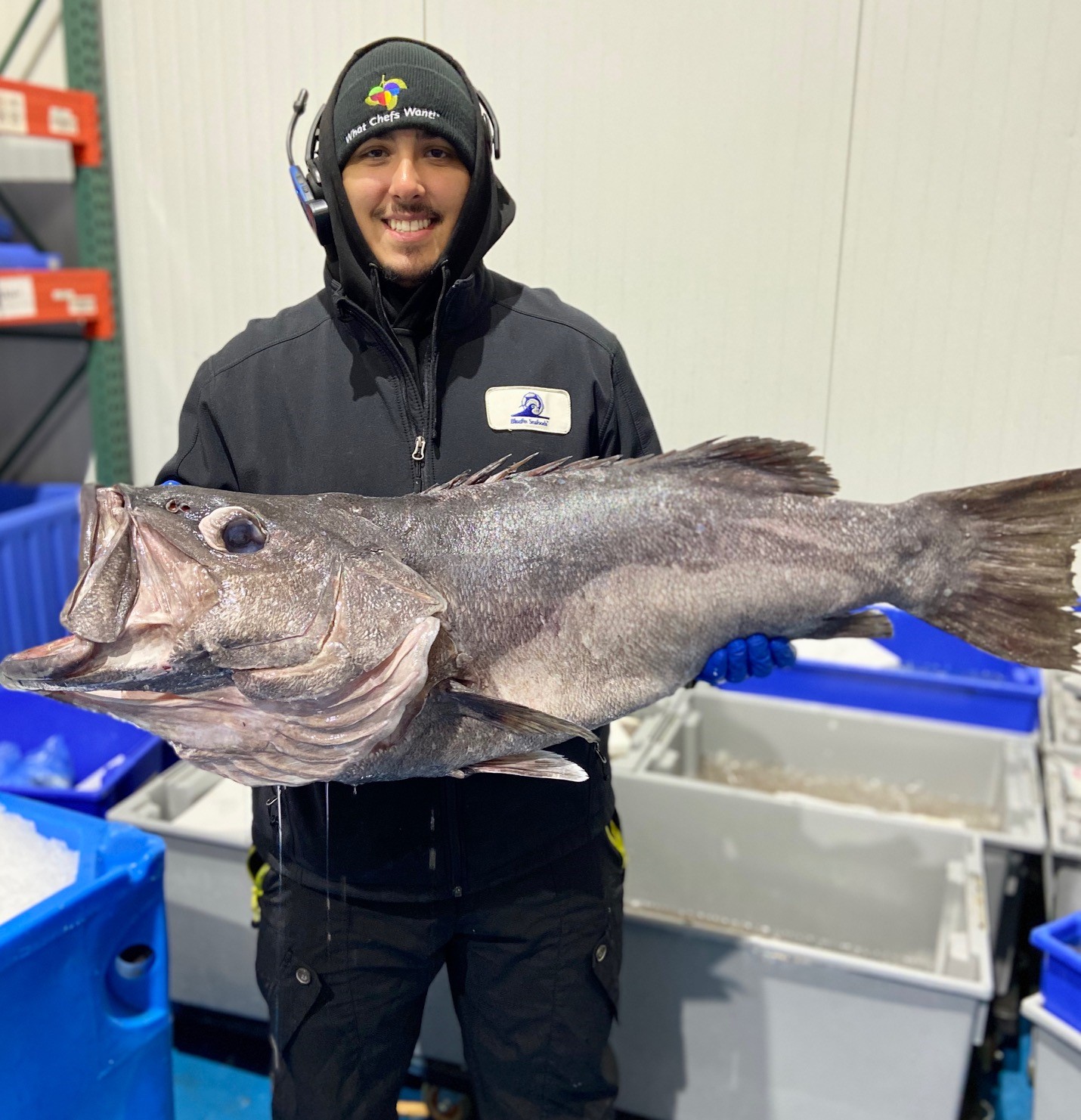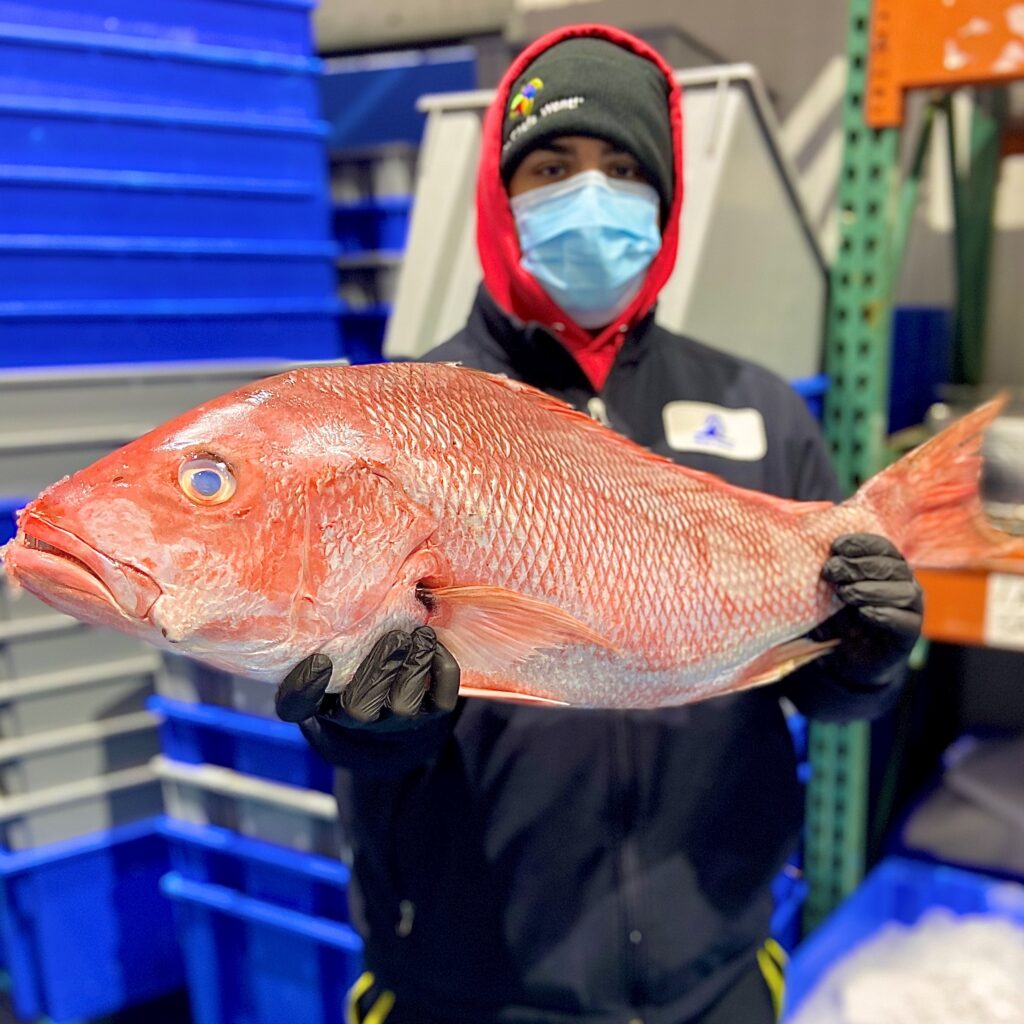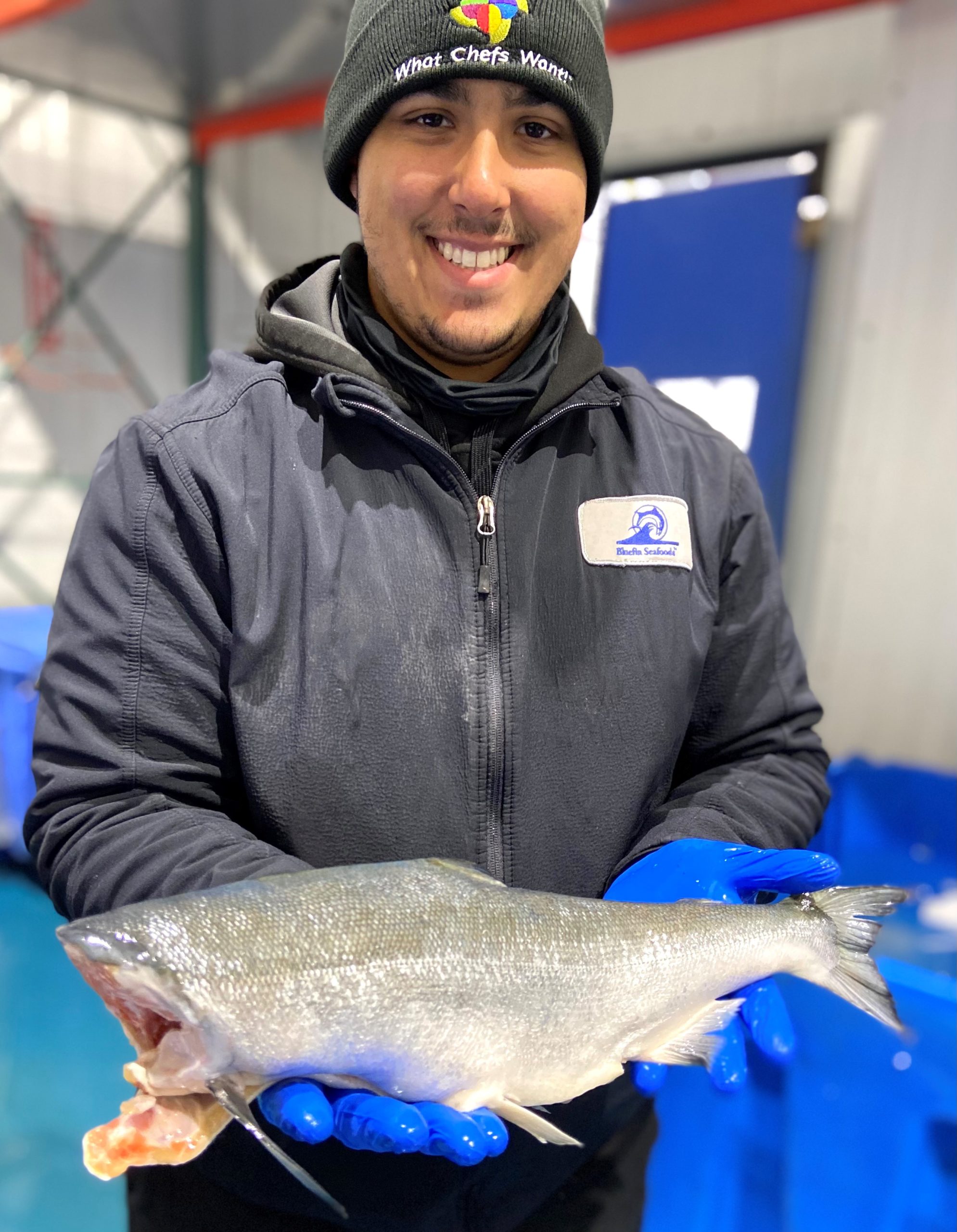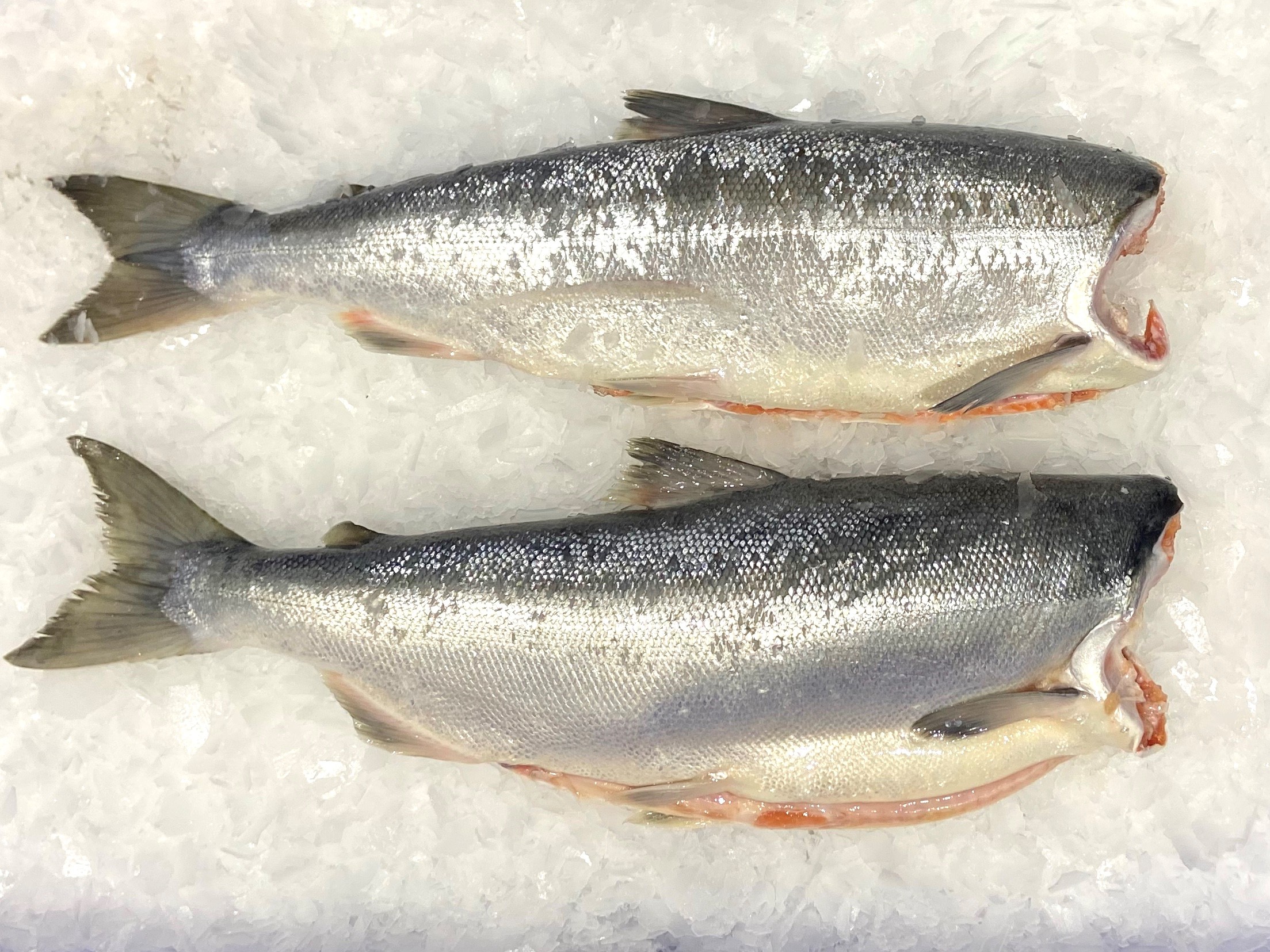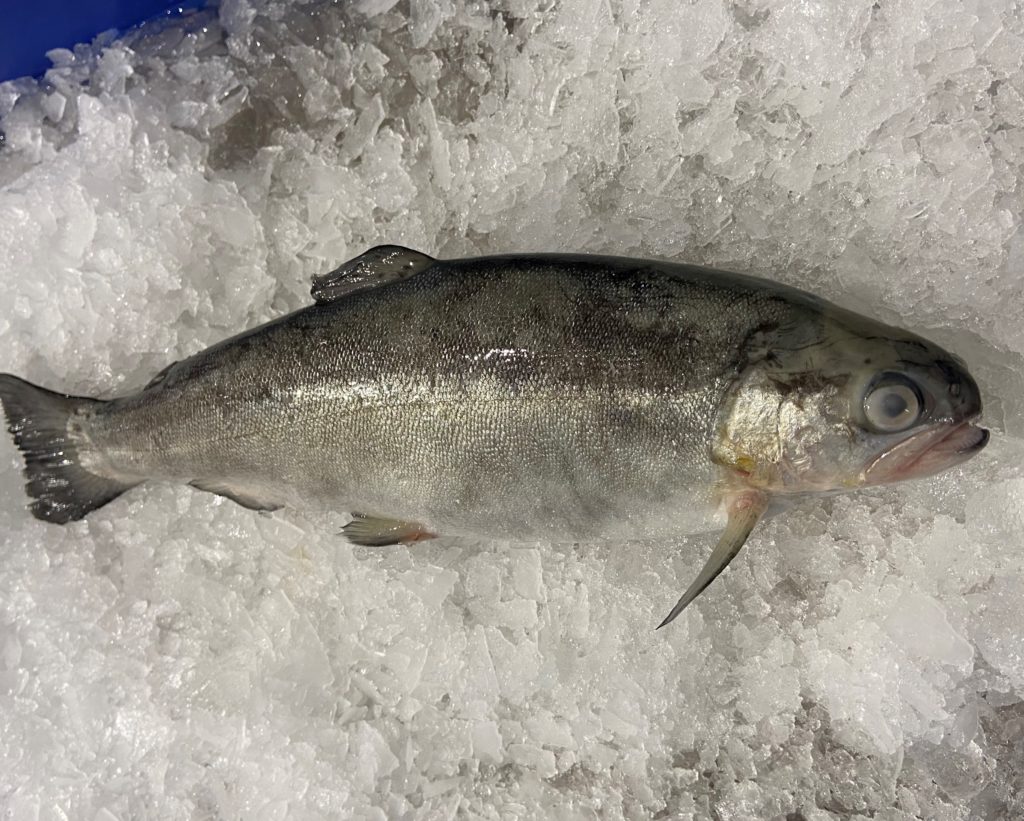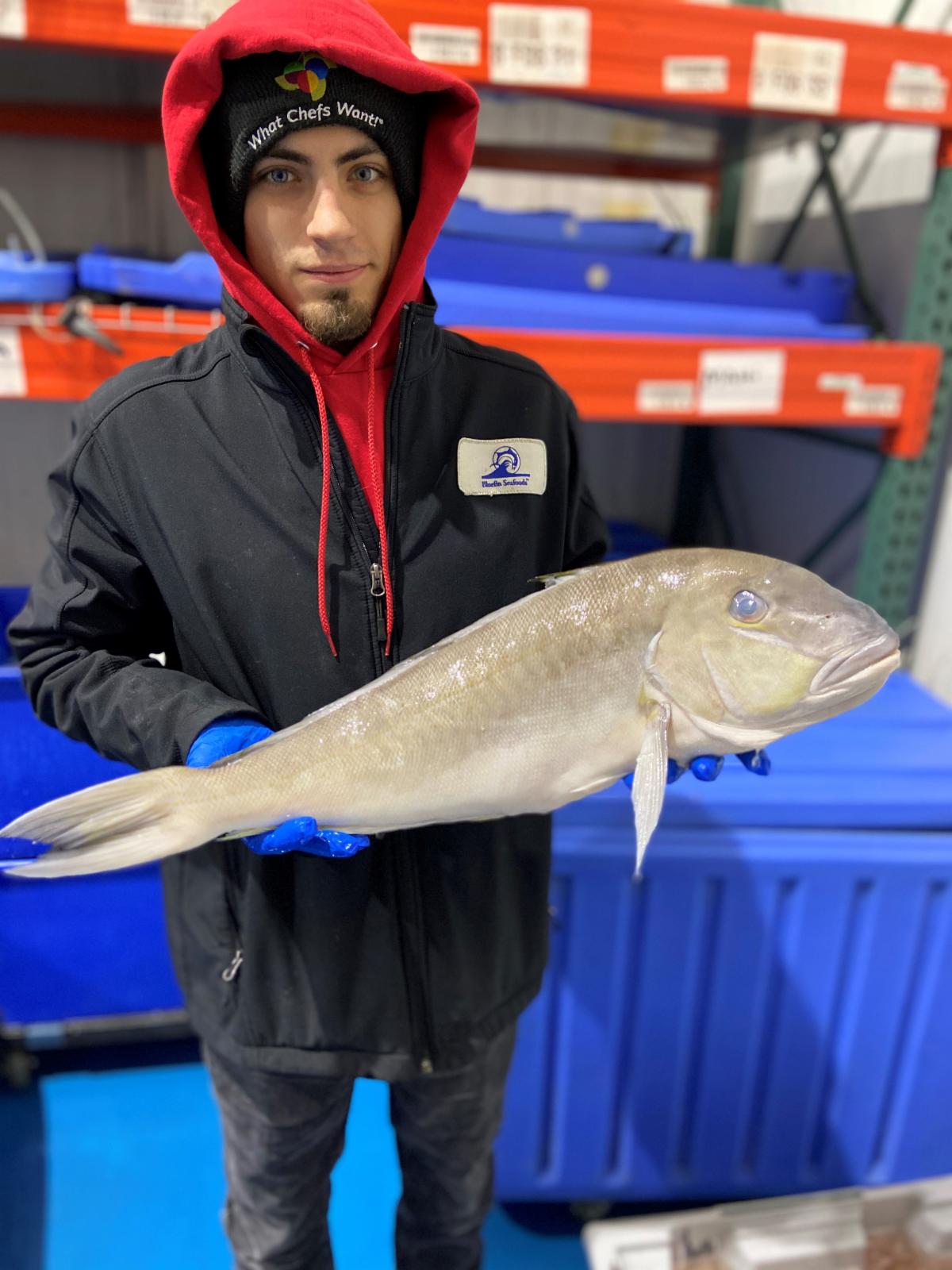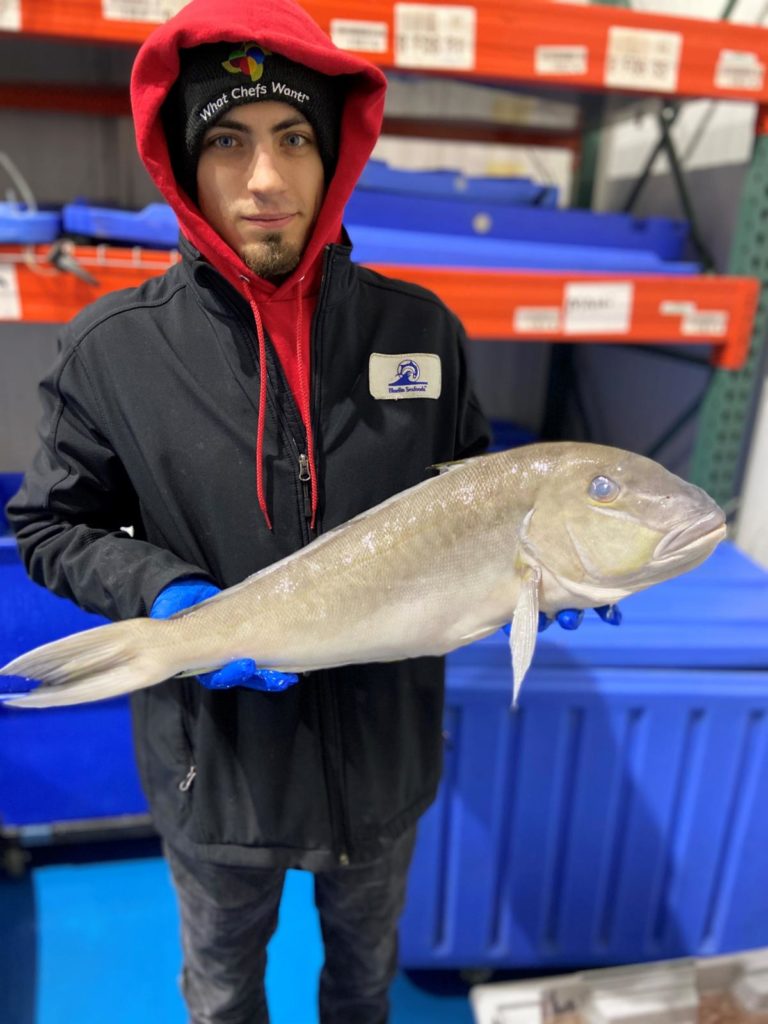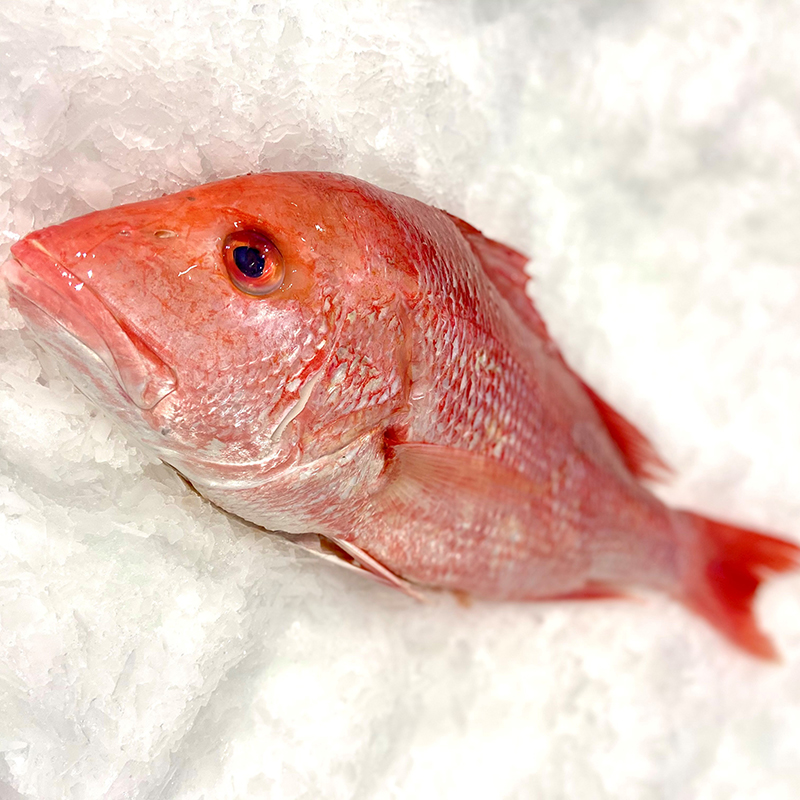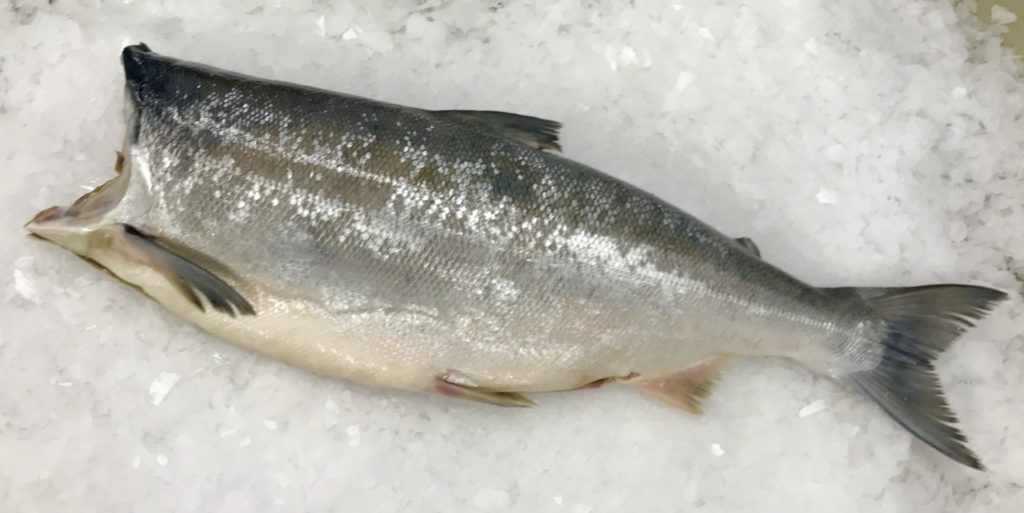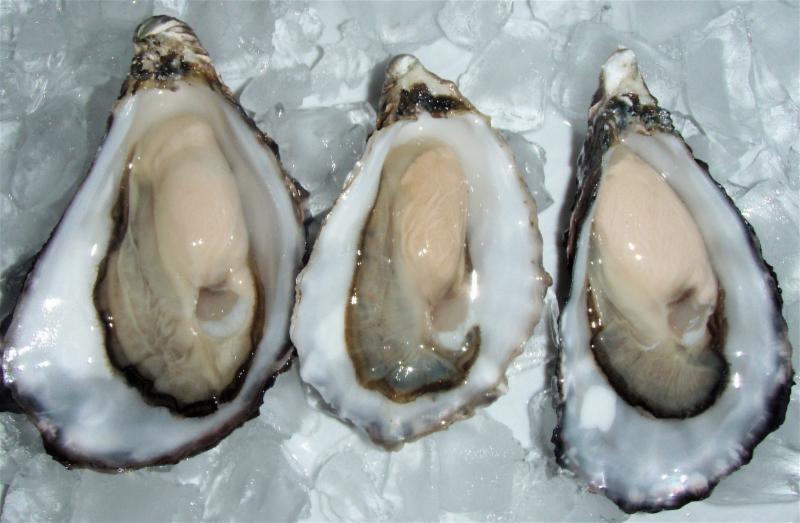
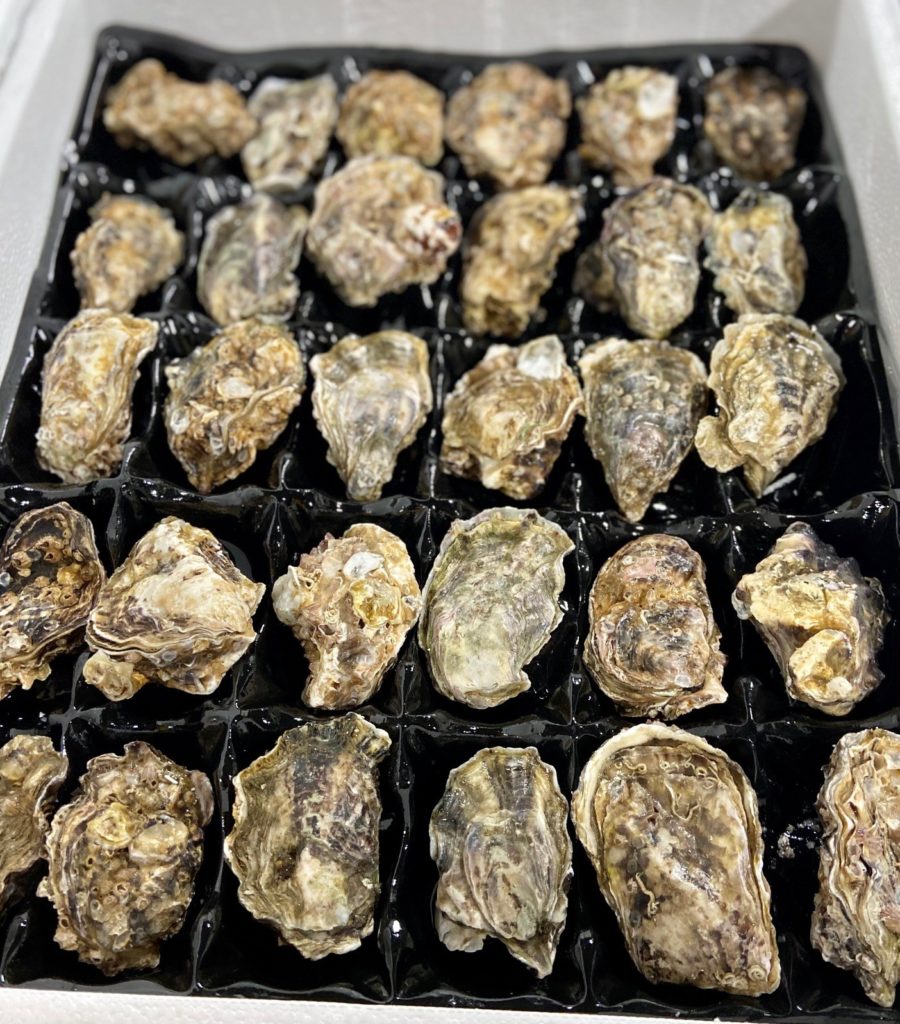
Coromandel Oysters
The Pacific oyster comes from the Ostreidae family (oysters). These oysters have an off-white shell with yellow and brownie bands, the flesh is light colored and has a black mantle around the edge.
It is believed that the Pacific oyster was accidentally introduced to New Zealand, possibly coming in on the haul of a ship. Commercial farming started in 1970’s with most of the farmed pacific oysters grown either on sticks, trays or netting bags on intertidal oyster farms.
Oyster racks are built so the oyster sits just above the water level at the low tide and about 3-6 feet below the water at the high tide. Oysters that are grown in this manner have a slower growth rate but the shells and adductor muscles are stronger which provides a live oyster with a better shelf life.
Sea Products (our oyster supplier) source their spat from the wild and it’s typically ‘caught’ during the summer months. Spat are caught by leaving 3 feet long wooden sticks in the water that oyster larvae will settle on and attach themselves to.
Once the spat are caught, it takes 12-20 months on an intertidal farm for the Pacific oysters to grow big enough to sell.
Once the spat has started to grow, roughly 4 moths the wooden sticks are stripped of the small oysters and on-grown in mesh bags, trays or baskets. The latter method is called ‘single culture’ as the oysters are not attached to each other or to a stick.
Feed is not added at any stage in the farming of Pacific oysters. As oysters are filter feeders, they filter natural plankton (small free-floating plants and animals) out of the water column.
Only oyster from growing areas with clear sanitation status and where there is no evidence of biotoxin accumulation is considered for harvest.
The salinity levels of the pure New Zealand coastal waters in which oysters are grown are some of the highest salinity levels found throughout the world, this makes the New Zealand Pacific Oyster one of the best and safest oyster to consume.
| Type: | Crassostrea Gigas |
| Harvest Location: | Coromandel Peninsula New Zealand |
| Flavor Profile: | ‘Coromandels’ are a medium-sized oyster with a deep cup. The oyster has a buttery flavor and rich briny liquor, with slight cucumber and watermelon finish. |
| Size: | 3.5″ |
| Pack Size: | 60 count |
